The Sheffield Scene: How to sound like The Human League
Still active today, The Human League remains one of the most influential groups from the synth-pop music era.
Over the years, fans like us have looked deeper into the catalogue of these self-proclaimed one-hit wonders and found endless inspiration.
What makes the sound of The Human League?
Creating sounds with a wide range of synthesizers, drum machines, and effects, there have been so many interesting gear choices. We take a closer look at some of the core instruments that made the hallmark sound they became known for.
Roland System 100
Introduced in 1975, the System 100 was one of the first semi-modular synthesizers available at an accessible price. Although its architecture is straightforward, it still offers the user an incredible amount of range when creating sounds.
Apart from the attractive exterior, what sets it apart immediately is the sound. The warm, organic, and upfront characteristics make it great for almost any sound. Moreover, its sequencer even made it useful for sending clock and creating drum patterns, as we heard on the early Human League material.
Roland’s software recreation of the System 100 is as authentic as it comes for a plug-in, and can certainly recreate similar sounds.

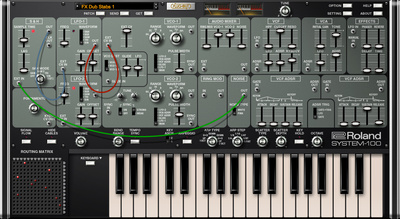
Korg miniKorg 700S
The miniKorg 700S is the updated 2-oscillator model of Korg’s first analogue monosynth from 1973. Despite the quirky-looking layout, it’s also very straightforward from a synthesis point of view and included a selection of uniquely expressive effects.
Originally, it was a budget alternative to the popular Minimoog or the ARP Odyssey which are still very sought after to this day. It’s great for simple leads and basslines and was used throughout the first three human league albums.
If you don’t like the idea of paying nearly $2000 for the reissue, the microKorg is still capable of producing great pure-tone synth sounds.

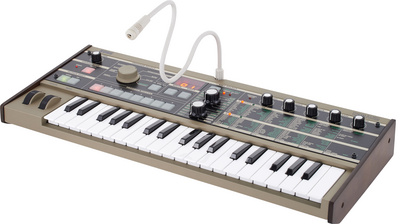
Casio VL-Tone
It might be extremely limited, but the pocket synth aesthetic of the VL-Tone was way ahead of its time in 1979. What’s more, the fact that it was cheaply available in drug stores gave it a punky sensibility, and it quickly made its way into the hands of some of our favourite artists.
You can hear the distinctively clear tone of the VL-1 on Get Carter, a simple but memorable melodic interlude. It didn’t offer much as a synth, but it was battery-operated and had a small built-in speaker to give you some instantly gratifying synth action.
A VL-Tone might not be much use to you nowadays but the design inspired the Teenage Engineering OP-1, which is capable of far more than a few whimsical synth melodies.

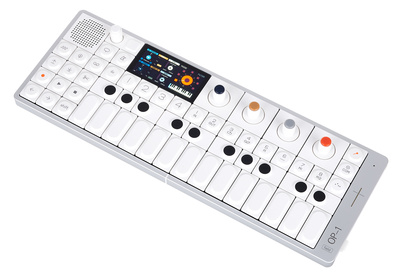
Linn LM-1
Roger Linn’s LM-1 is the foundation of so many classic records throughout the 1980s. With its punchy, dancefloor-friendly sound and unique internal rompling engine, it made about as much impact as an instrument can.
The twelve 8-bit percussion samples could be flexibly pitched up or down, to better fit the mix or the key of the song. You can hear the LM-1 in use throughout The Human League’s seminal album Dare.
Be sure to check out this post from our editor about getting that classic 80s LM-1 sound with software.
Roland GR-300
Released back in 1980, the GR-300 was an incredibly groundbreaking piece of gear at the time, and a major improvement on the previous model.
It’s no Pick Of Destiny, but this guitar synthesizer could produce sounds beyond the capabilities of the synthesizers that were available at the time, and quickly developed a reputation among renowned guitarists like Pat Metheny, Robert Fripp, and Pete Townshend.
You can hear it in use on (Keep Feeling) Fascination, and luckily you can still find similar modern effects in the form of the Boss SY-200.

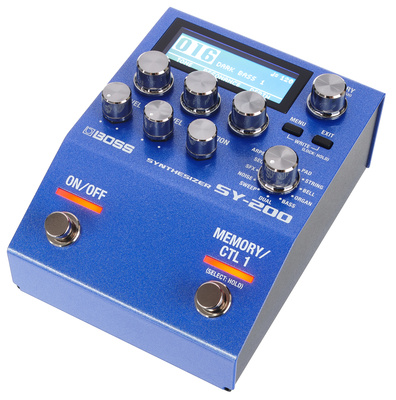
What are your favourite instruments used by The Human League? Please let us know in the comments below!
More about The Human League:
- The Human League official page
- More sound-alikes
- Everything vintage
Videos:
You are currently viewing a placeholder content from YouTube. To access the actual content, click the button below. Please note that doing so will share data with third-party providers.
You are currently viewing a placeholder content from YouTube. To access the actual content, click the button below. Please note that doing so will share data with third-party providers.
You are currently viewing a placeholder content from YouTube. To access the actual content, click the button below. Please note that doing so will share data with third-party providers.
*This post contains affiliate links and/or widgets. When you buy a product via our affiliate partner, we receive a small commission that helps support what we do. Don’t worry, you pay the same price. Thanks for your support!
2 responses to “The Sheffield Scene: How to sound like The Human League”

 3,9 / 5,0 |
3,9 / 5,0 | 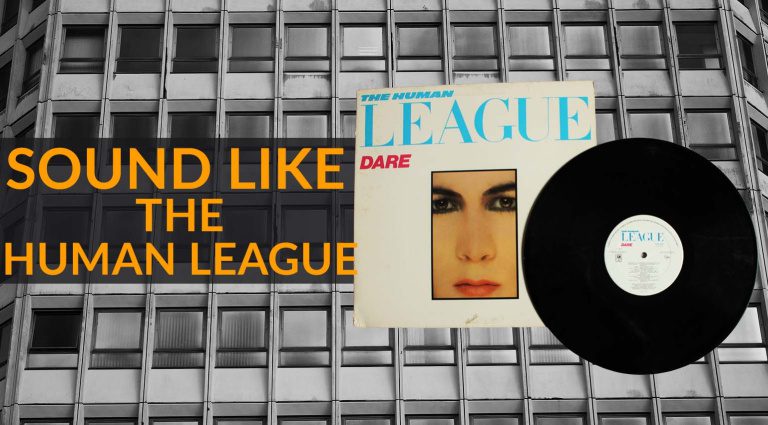

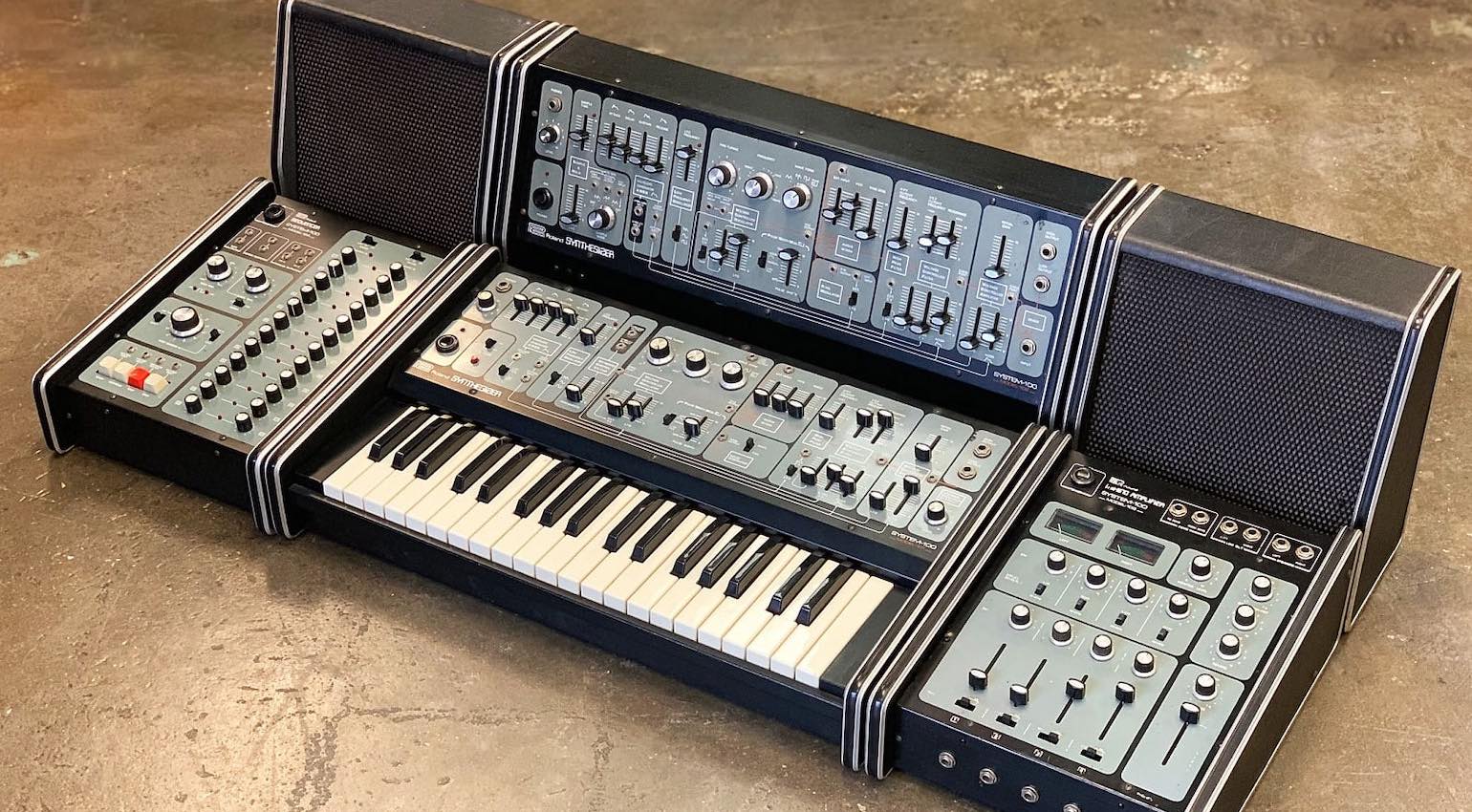

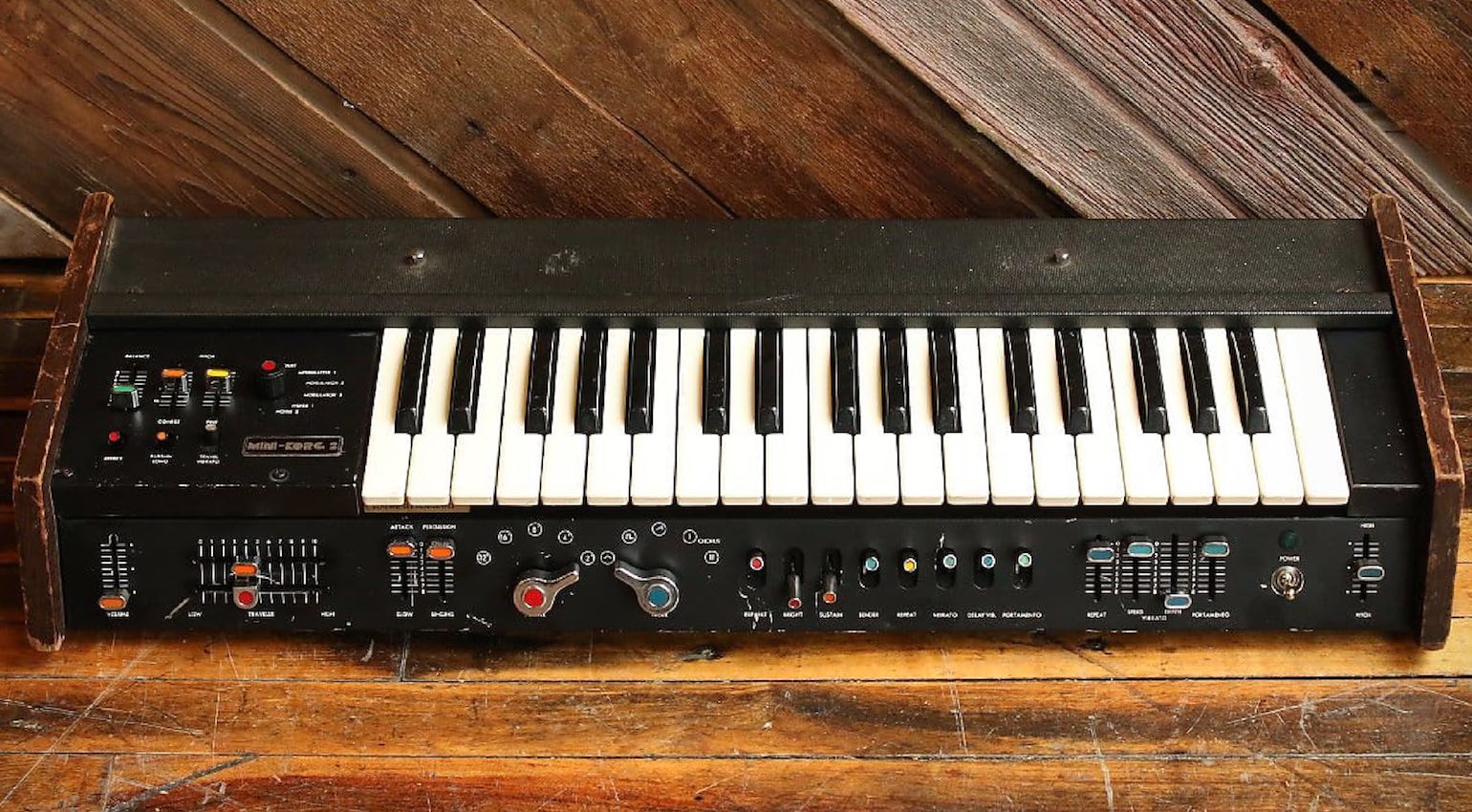
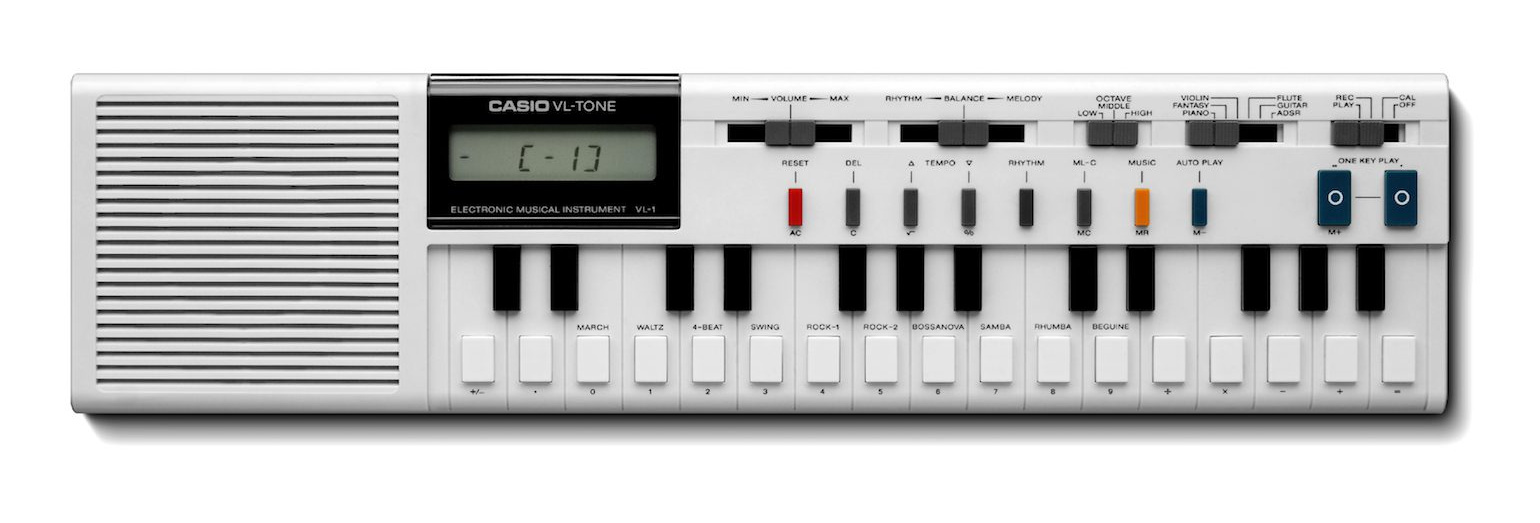
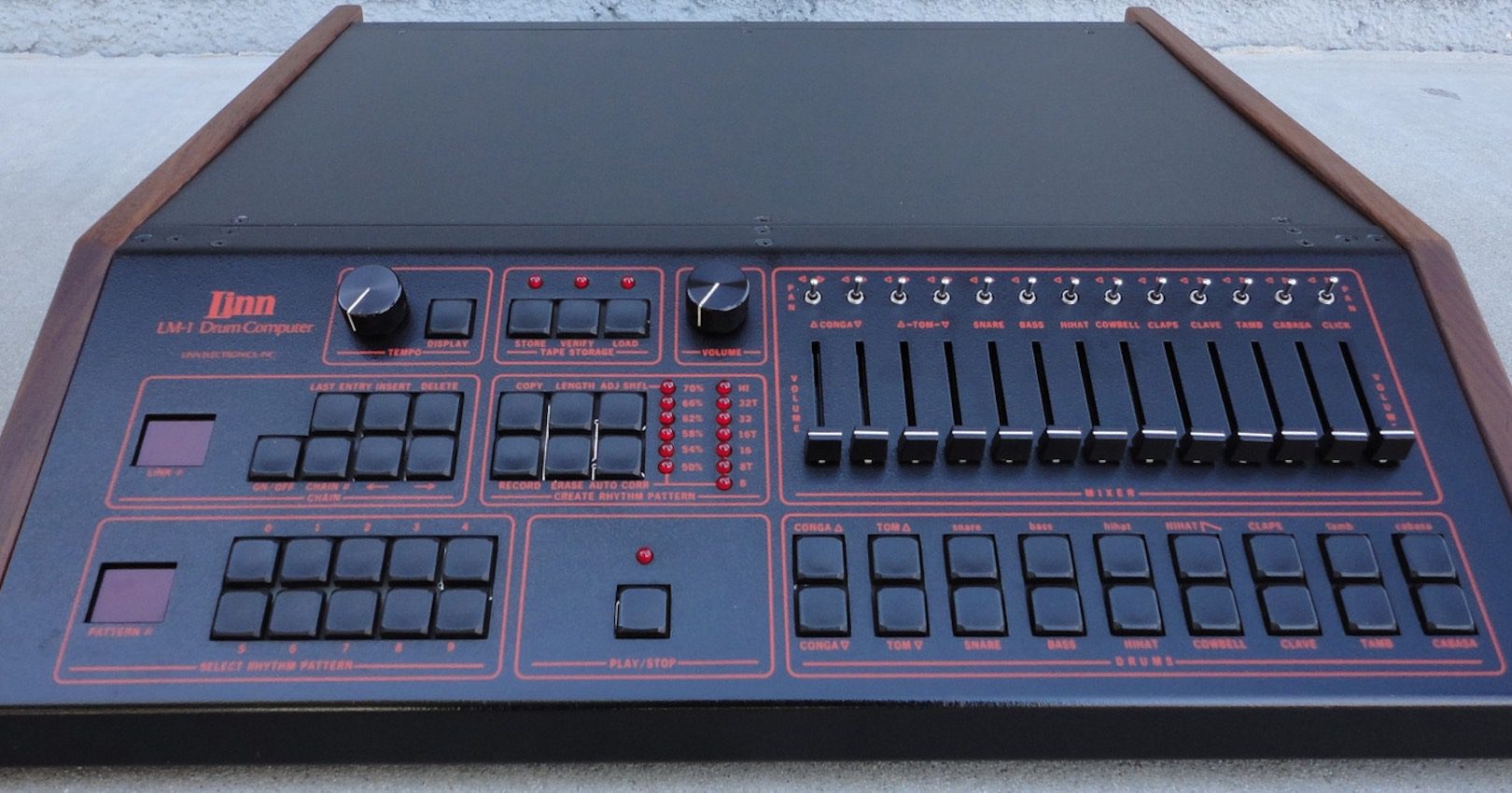
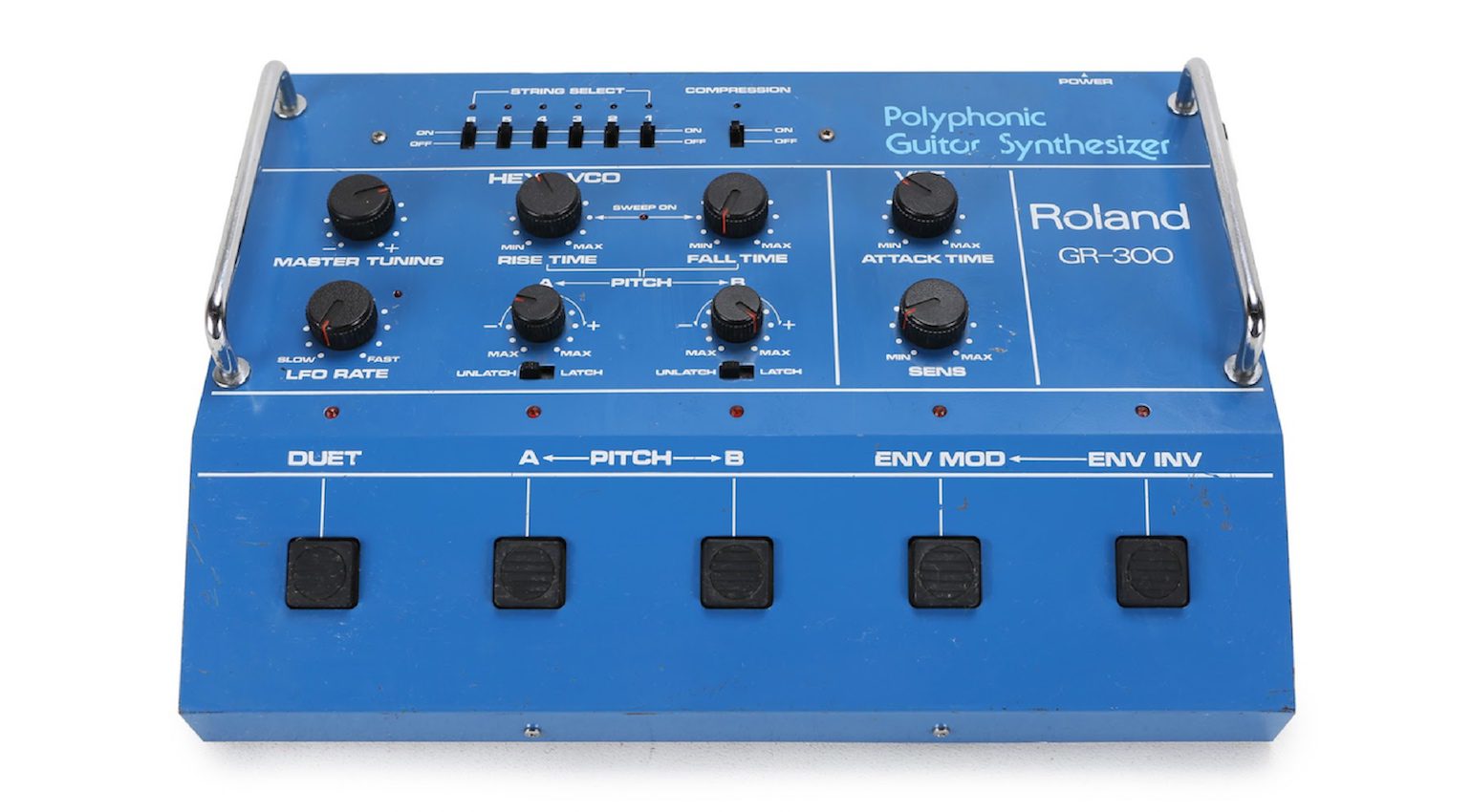
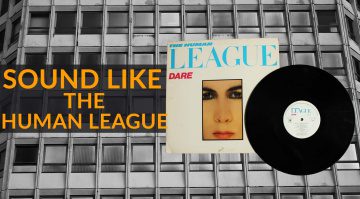

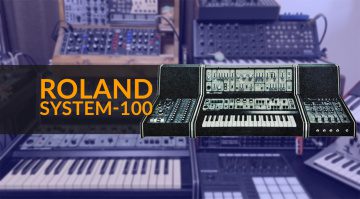
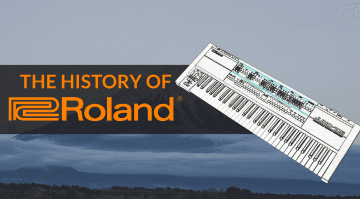
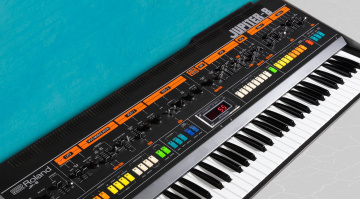
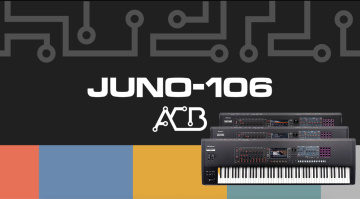

I remember the VL-Tone interlude on that album at the time. I was so disappointed that they didn’t even bother to change the default patch.
They list the equipment they used on Dare on the album. Some real classic synths from Roland and Korg.